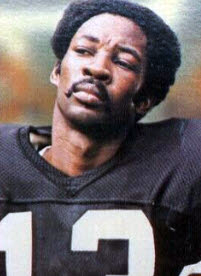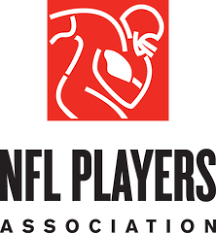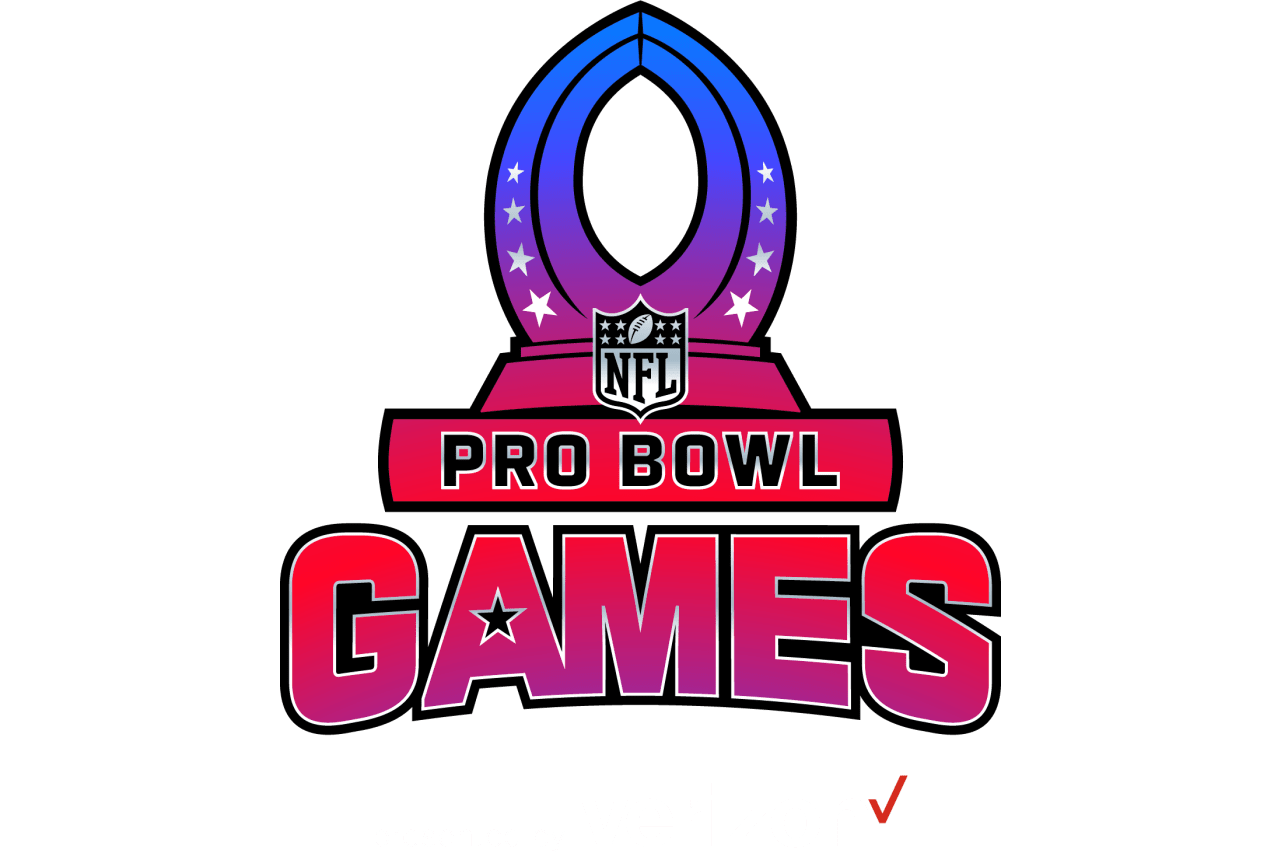Remember a player is not just being compared to other edge rushers, he is being weighed and measured against all players and the question is if a one-dimensional rusher is more valuable than say, a complete linebacker, tight end, cornerback, and so on.
Saturday, December 31, 2022
Dwight Freeney—Hall of Fame Pros and Cons
Remember a player is not just being compared to other edge rushers, he is being weighed and measured against all players and the question is if a one-dimensional rusher is more valuable than say, a complete linebacker, tight end, cornerback, and so on.
For the Second Time in 59 Years, NFLPA to Choose All-Pro Team
This will be the second time the NFLPA will have chosen an All-Pro team. The first was for the 1963 NFL season and the team was announced and covered in an AP story on January 5, 1964.
 |
| Mackey Award for Barry Sanders' 1997 NFC Rushing Title |
 |
| The 1963 AP All-Pro team compared to the NFLPA All-Pro Team AP is on left, and the NFLPA is highlighted in yellow on right. Pink highlights are the differences |
We don't think the AP voters are not doing their due diligence when voting for All-Pro teams. Sure, there are votes that can be questioned but reasonable people can disagree but in our experience knowing plenty of pro football writers the way most voters go about their business is to watch with their eyes, of course, but also talk to coaches, talk to other players, use their status to gain access many of us do not have to scouts, general managers, and other insiders. And some may use Pro Football Focus or Next Gen Stats grades.
Wednesday, December 28, 2022
Hall of Fame Defensive Ends—Most Sacks Final NFL Season
Monday, December 26, 2022
1980—'Throwball'
 |
| Top row: Steve Bartkowski, Dan Fouts, Brian Sipe Bottom Row: Vince Ferragamo, Danny White, Ron Jaworski |
Packers Withstand Best Shot, Steal Victory in Miami
By Eric Goska
 |
| Dolphins quarterback Tua Tagovailoa came out firing in Miami. (screen capture from NFL Game Pass) |
On Christmas Day in Miami, Green Bay’s defense landed on both the nice and naughty lists.
Nice because the unit embraced the giving spirit early.
Naughty because the unit turned to thievery with the game on the line.
Shredded by the Dolphins’ passing attack throughout much of
the first half, the Packers’ defense came away with three fourth-quarter
interceptions to gift wrap a 26-20 victory at Hard Rock Stadium. Green Bay
parlayed the first two into six points and used the third to run out the clock
while improving to 7-8.
The Dolphins came out swinging and Green Bay appeared ready
to accommodate. In 10 plays, Miami generated more yards (166) than the Rams did
(156) all afternoon against the Packers six days prior.
How generous was Green Bay at the outset? The team allowed Miami
quarterback Tua Tagovailoa to reach 200 yards passing on just six completions.
Six completions! Two hundred yards!
In getting there so quickly, Tagovailoa became the first
opposing passer in the last 70 years – and perhaps ever – to hit or surpass
that milestone against Green Bay with so few connections. Norm Van Brocklin (1954)
and Troy Aikman (1993) had been the standard bearers with seven.
Tyreek Hill, a 1,000-yard receiver, gained 14 to start the
onslaught. Jaylen Waddle, a fellow 1,000-yard pass catcher, raced 84 yards to
the end zone with Tagovaiola’s second strike.
From there Hill helped himself to 18 and tight end Mike
Gesicki grabbed 24. Hill jumped in for another 52 to set up Miami’s second
touchdown and Waddle tacked on 12 more.
For Green Bay, that was giving until it hurt. With
Tagovailoa pulling the trigger, the Dolphins jumped to a 20-10 halftime lead and
looked ready to cruise.
But in the second half, the Packers dispensed with the
nice-guy act. In the final 15 minutes, the team turned downright larcenous.
Jaire Alexander intercepted Tagovailoa first. His steal set
up a 28-yard Mason Crosby field goal that put Green Bay ahead 23-20.
De’Vondre Campbell followed suit. His theft paved the way
for a 26-yard Crosby field goal as Green Bay went up 26-20.
Rasul Douglass made it a hat trick. Rather than risk a
turnover, the safety dropped to the ground so that Rodgers could kneel three
times to wipe out the game’s final 89 seconds.
Having pulled ahead of two Hall of Famers in the first half,
Tagovailoa joined some less select company in the second. In getting fleeced
three times, the NFL’s highest-rated passer joined Eli Manning (2010), Jon
Kitna (2008), Jake Plummer (2000), Jim Harbaugh (1999), Rich Gannon (1990),
Ogden Compton (1955) and Bob Waterfield (1948) as the only passers to be
pilfered three or more times in the fourth quarter by Green Bay over the last 75
years. All eight came out on the short end of the scoreboard.
In the final accounting, Tagovailoa (310 passing yards),
Waddle (143 receiving) and Hill (103 receiving) got their yards. By averaging
10.9 yards per pass play, Miami nearly doubled the 5.6 that Green Bay managed.
What the Dolphins didn’t secure was victory. As Green Bay’s
defense so aptly demonstrated, 'tis better to take than receive, even on Christmas.
Dashing Away with 200 Passing Yards
Since 1952, just five passers have required fewer than 9 completions to attain their first 200 yards passing in a regular-season game against the Packers.
Comp. | Yards | Passer | Team | Date | Result |
6 | 204 | Tua Tagovailoa | Dolphins | Dec. 25, 2022 | GB won, 26-20 |
7 | 210 | Norm Van Brocklin | Rams | Oct. 17, 1954 | GB won, 35-17 |
7 | 202 | Troy Aikman | Cowboys | Oct. 3, 1993 | GB lost, 14-36 |
8 | 217 | Bill Wade | Rams | Nov. 16, 1958 | GB lost, 7-20 |
8 | 209 | Cam Newton | Panthers | Nov. 8, 2015 | GB lost, 29-37 |
Sunday, December 25, 2022
SEASON GREETINGS: "Defense is the Ultimate in Team Function"
 |
| Jack Ham Credit: Merv Corning |
Friday, December 23, 2022
Do Pro Bowls Have Any Value?
 |
| Ken Riley |
 |
| Howie Long |
Thursday, December 22, 2022
Comparing Individual Defensive Passer Ratings Across Two Platforms
2022 Allmost All-Joe Teams
By John Turney
What is also key is that Weisman, especially, didn't limit the team to 25 players. He picked those who he deemed deserving. We do the same within reason, that is.

















